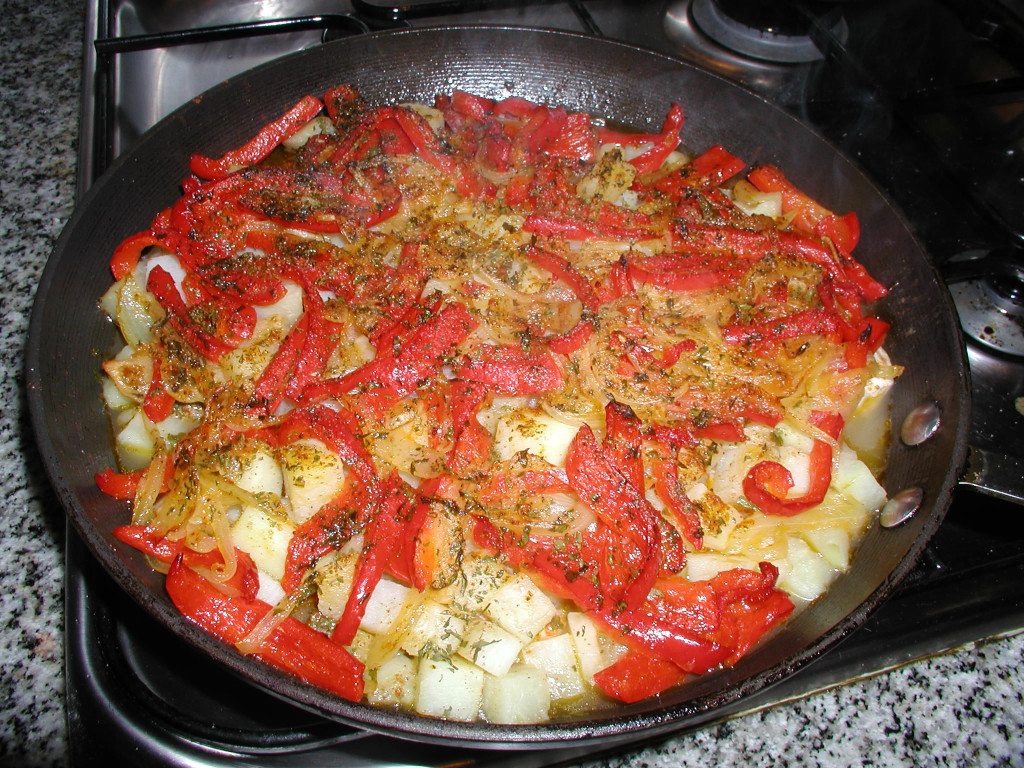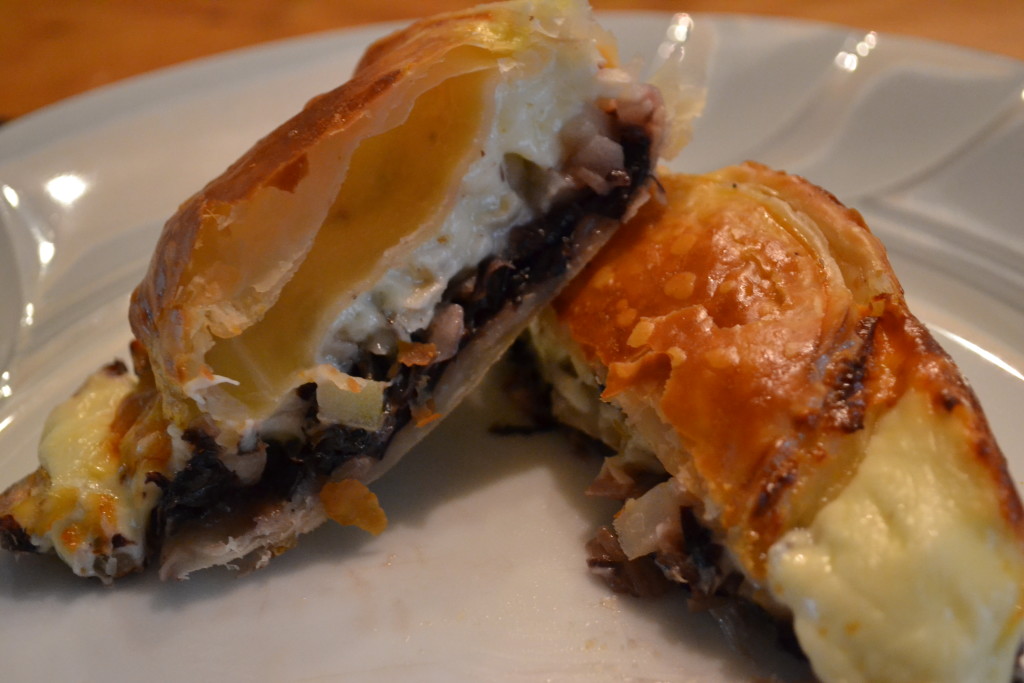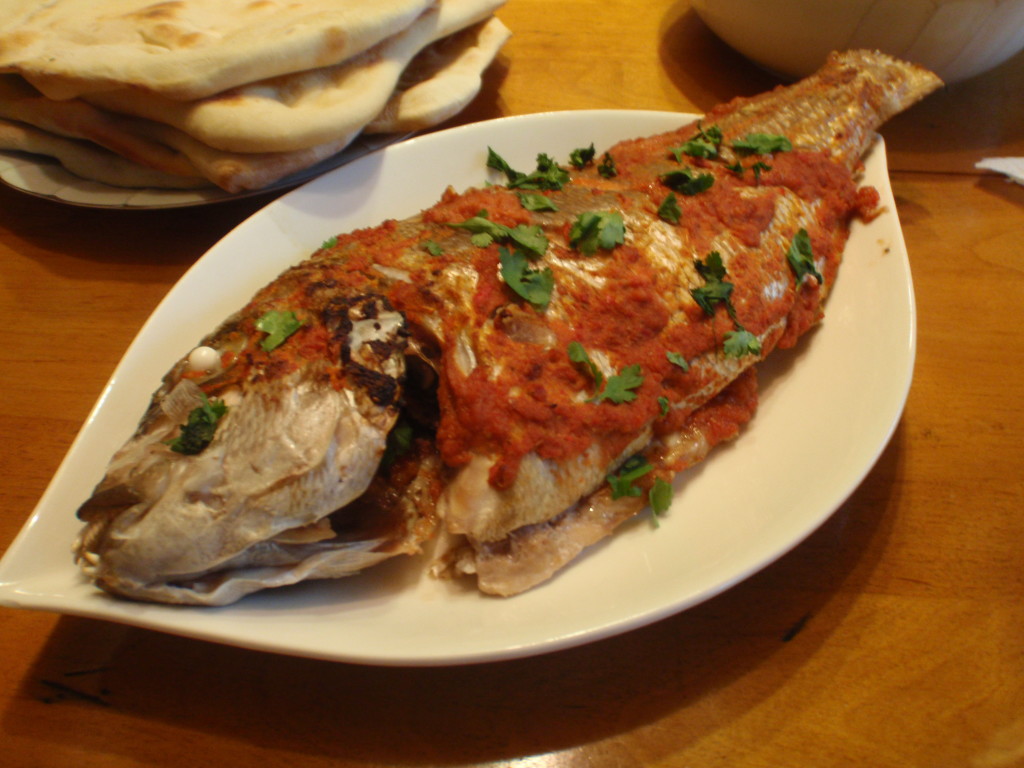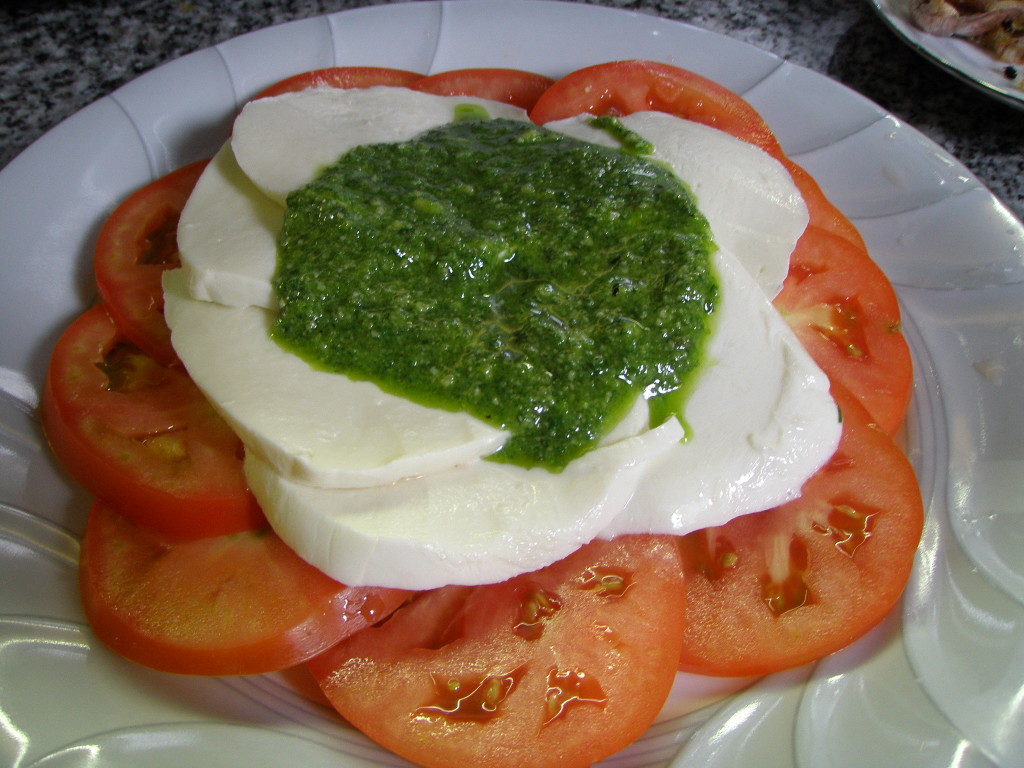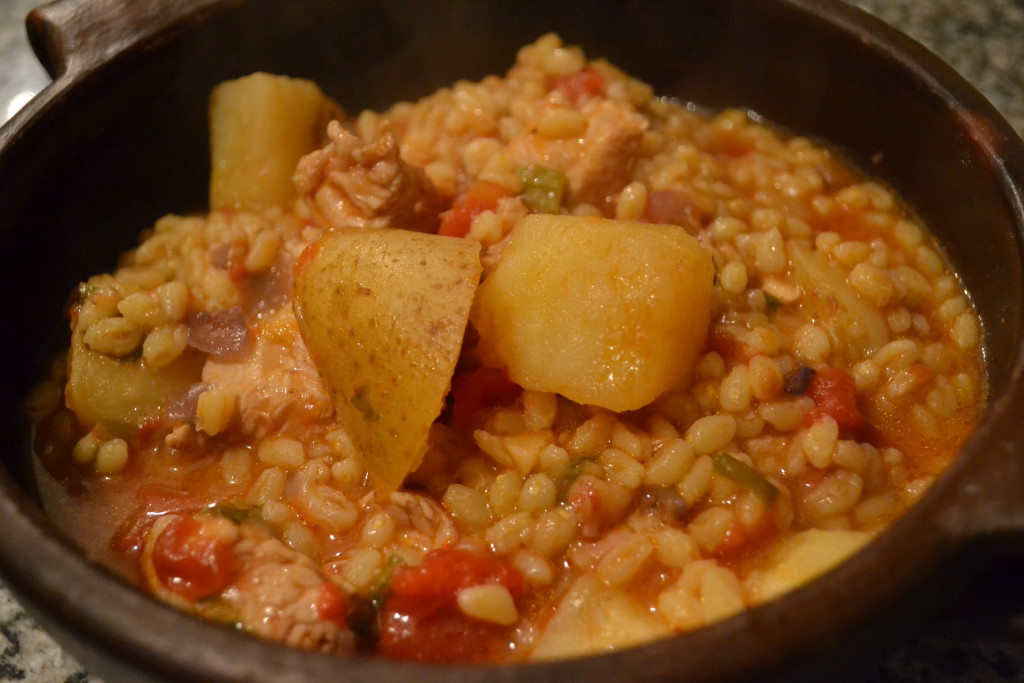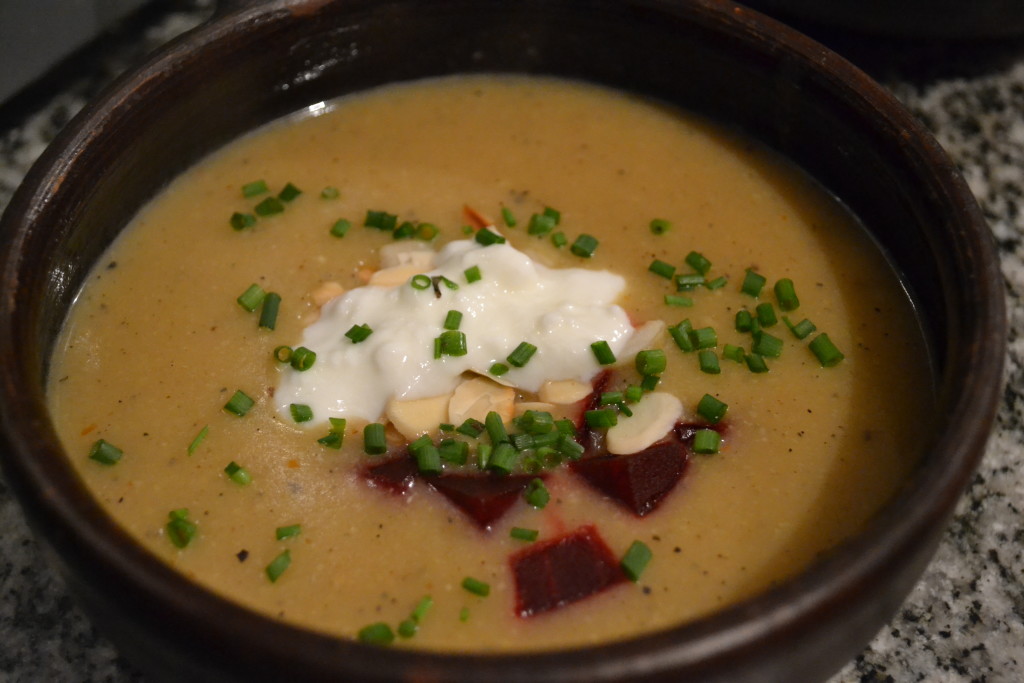Cook gently and carry a pink stick
On Sunday supplement
Food and Wine
A couple of weeks ago I promised you a gatuzo a la vasca recipe. I try not to make idle promises, so somewhere down below we’re going to get there. But let’s start with gatuzo. It’s a fish that, if you frequent your local seafood market, you’ll see laid out in fillets, often with the spine still attached. It goes by one of two names here, gatuzo which would lead one to think something cat-like, or palo rosado, “pink stick” (and not to be confused with the pez palo, a completely different fish), which is eminently descriptive, because once you trim off the bones and fins and all that, it’s pretty much what you’re left with – a somewhat long rectangle of pink fish flesh.
So what is it? It’s a shark. A small shark belonging to the “smooth-hound”, “ground shark”, or “hound shark” family, Triakidae, just to get all scientific on you. While some species within the family can grow up to 1.5 meters long and weigh in at around 13 kilos, the particular species we see here, Mustelus schmitti, doesn’t surpass about 90 centimeters, and in casual moments in those scientific circles, is known as the narrownose smooth-hound. It was “discovered”, officially – though obviously locals were long familiar with it – in 1938 by one Stewart Springer, a norteamericano shark expert. Mustelus, by the way, means weasel – so now we’ve got local names implying cats (and there is a whole different family of catsharks), and Latin classification implying hounds (which might include the whole family of dogfish) and weasels. One could be forgiven for giving it up as a non-starter and just buying a piece of salmon, you know?
Now wait a minute – what about the whole shark thing? You know, the campaigns against fishing for sharks, the anti-finning movement, all that. It is indeed an issue – but the primary one is that of either by-catch when fishing for other species, or the practice of finning and then tossing the sharks back in the water without their fins, left to die. In fact, the former was a serious issue here in Argentina, enough so that from 2004 until 2008 fishing for gatuzo and the use of certain types of nets was completely banned (which is interesting, because I don’t recall the local shops not having the fish available, so clearly it wasn’t being enforced). Since 2008 an “artisanal fishing” system has been in place that limits the places, methods of fishing, and types of nets used, as well as size of fish allowed to be kept for consumption. This has resulted in the regrowth of a once threatened population, and the some 200 tons of the shark that are caught and sold here and overseas each year now represents a small fraction of the numbers that exist. So, one of the sharks that, at least for now, can be consumed with clear conscience.
Palo Rosado a la Vasca (Basque-style Pink Stick)
4 150-200gm palo rosado filets or other firm-fleshed white fish
1 large red bell pepper, julienned (cut in long thin strips)
1 large onion, finely julienned
2 large potatoes, peeled and diced in 1 cm cubes
2 cloves of garlic, thinly sliced
240 ml of white wine
3 tablespoons chopped parsley
2-3 tablespoons olive oil
1 tablespoon sweet paprika
salt and white pepper
Boil the potato dice until just barely soft, drain. Meanwhile, cut the various vegetables, and make sure you removed the spine from the fish filets – one nice thing about working with sharks, they don’t have bones other than the spine. Saute the onions, garlic, and pepper strips in half the olive oil until limp. Season with salt and pepper to taste.
Coat the bottom of a baking pan or cast-iron skillet with the remaining oil. Place the fillets in the pan and sprinkle with half the paprika and parsley, along with a bit of salt and pepper. Cover with the cooked potatoes (you could also go with thinly sliced rather than diced if you prefer). Cover with the onion and pepper mixture. Sprinkle the remaining paprika and parsley over the top and pour the wine over the whole thing. Place in a 180°C oven and cook for 15 minutes until the fish is cooked through and the top of the “casserole” is just lightly browned. Serve and enjoy!
A series of recipes and articles that I started writing for the Buenos Aires Herald Sunday supplement, Food & Wine section, at the beginning of 2012. My original proposal to them was to take local favorite dishes and classics and lighten them up for modern day sensibilities. We’re not talking spa or diet recipes, but at the very least, making them healthier in content, particularly salt, fat and portion size. As time went by, that morphed into a recipe column that, while emphasizing food that is relatively “good for you”, wasn’t necessarily focused on local cuisine. At the beginning of 2013 I decided to stop writing for them over some administrative issues, but it was fun while it lasted.
